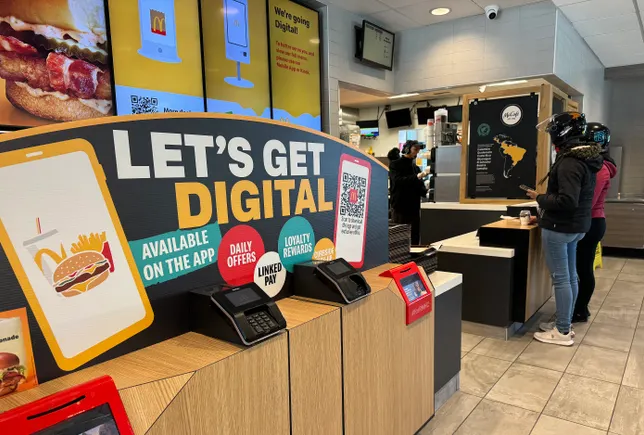In a bold move that has captured the attention of the automotive industry, Slate, a new electric vehicle (EV) venture, has broken its three-year silence. The company, backed by significant financial investments, including support from high-profile figures like Jeff Bezos, has announced its entry into the market with a revolutionary approach to automotive retail.
For the past three years, Slate operated under a shroud of secrecy, meticulously refining a retail strategy centered around two core principles: customer customization and affordability. In a market dominated by high-end EVs, Slate aims to carve out its niche by offering vehicles that cater specifically to individual tastes without breaking the bank.
The Revelation: A Stunty Launch Campaign
To mark its public debut, Slate orchestrated an innovative campaign in collaboration with Mischief @ No Fixed Address, a creative agency known for its unconventional marketing tactics. The campaign was a spectacle, designed to capture the imagination of potential customers and industry insiders alike. The reveal was not just about showcasing a new product but also about redefining the EV market narrative.
The campaign included:
– A Grand Reveal Event: Held at a secret location, the event was live-streamed to a global audience, emphasizing the brand’s commitment to transparency and inclusivity.
– Interactive Customer Experience: Attendees were given the opportunity to customize their vehicles in real-time using advanced technology, showcasing the brand’s focus on personalization.
– Engaging Media Content: A series of viral videos and social media campaigns were launched, highlighting the unique features of Slate’s EVs and their affordability.
Sophisticated Media Strategy
Slate’s entry into the market is supported by a sophisticated media strategy orchestrated by Known, a media agency renowned for its data-driven approaches. This strategy leverages cutting-edge analytics to target potential customers effectively, ensuring that Slate’s message reaches the right audience at the right time.
Key elements of the media strategy include:
– Data-Driven Targeting: By analyzing consumer data, Slate can identify and target individuals most likely to be interested in affordable, customizable EVs.
– Cross-Platform Engagement: The campaign spans multiple platforms, including social media, streaming services, and traditional media, to maximize reach and impact.
– Real-Time Feedback: Slate uses real-time data to adapt its marketing strategies, ensuring that they remain relevant and effective in an ever-changing market.
The Future of Slate
With its innovative approach to marketing and a product that promises to revolutionize the EV landscape, Slate is poised to make a significant impact. The company’s focus on customization and affordability addresses two major barriers to EV adoption, potentially opening the market to a broader audience.
Industry experts are watching closely to see how Slate’s strategy will play out in the competitive EV market. If successful, it could set a new standard for how electric vehicles are marketed and sold, challenging established players to rethink their approaches.
For those interested in following Slate’s journey and the latest developments in the marketing and automotive industries, martechtrend.com provides up-to-date news and insights.
Note: This article is inspired by content from https://adage.com/brand-marketing/aa-slate-ev-campaign/. It has been rephrased for originality. Images are credited to the original source.












Leave a Reply